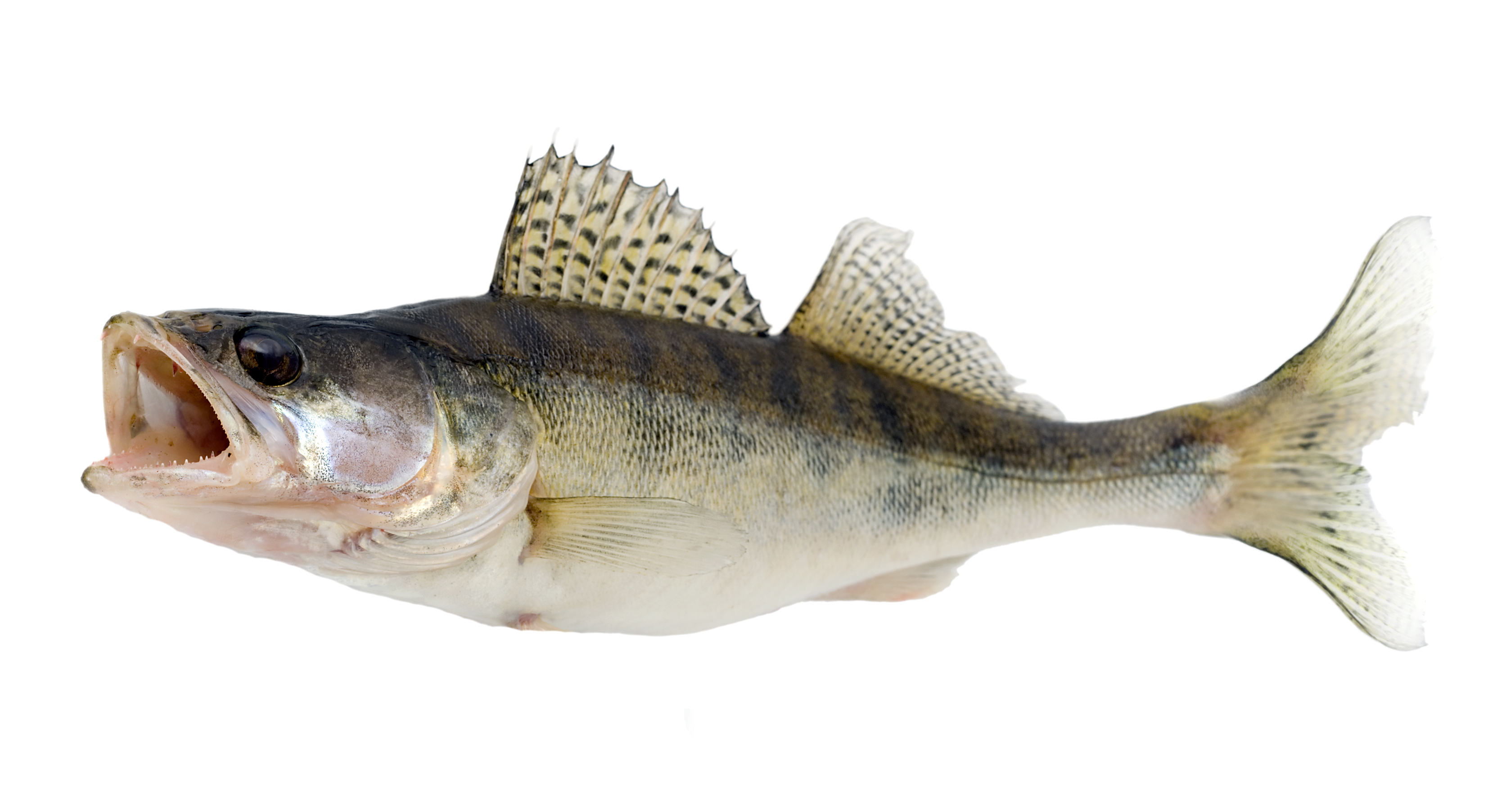Sauger
(Sander canadensis)

Description
The sauger (Sander canadensis) is a freshwater perciform fish of the family Percidae that resembles its close relative, the walleye. The species is a member of the largest vertebrate order, the Perciformes. It is the most migratory percid species in North America. Saugers have two dorsal fins; the first is spiny and the posterior dorsal fin is soft-rayed. Their paired fins are in the thoracic position and their caudal fin is truncated, which means squared off at the corners, a characteristic of the family Percidae. Another physical characteristic of saugers is their ctenoid scales, which are common in advanced fishes. Saugers have a fusiform body structure, and as a result are well adapted predatory fishes and are capable of swimming into fast currents with minimal drag on their bodies. They may be distinguished from walleyes by the distinctly spotted dorsal fin, by the lack of a white splotch on the caudal fin, by the rough skin over their gills, and by their generally more brassy color, or darker (almost black) color in some regions. The typical sauger is 300 to 400 g (11 to 14 oz) in weight. Saugers are widely distributed; their historical range consisted of the eastern U.S west of the Appalachian Mountains, mostly southern, central, and western U.S., and north into southern Canada. Sauger distribution and range has decreased from historical ranges because of degraded and fragmented habitat conditions. Sauger distribution within their home range varies by time of year because they are migratory. Saugers are more typical in rivers, whereas walleyes are more common in lakes and reservoirs. In many parts of their range, saugers are sympatric with walleyes. Hybridization between saugers and walleyes is not unknown; the hybrids, referred to as saugeyes, exhibit traits of both species. Being intermediate in appearance between the two species, saugeyes are sometimes difficult to differentiate, but they generally carry the dark blotches characteristic of the sauger. Saugers, however, are usually smaller and better tolerate waters of higher turbidity than walleyes. Saugers require warmer summer water temperatures of 20-28°C. Their need for warm water is thought to affect the northern and western boundaries of their range. Saugers generally move upstream to spawn during March-May, depending on where they are.
Taxonomic tree:







